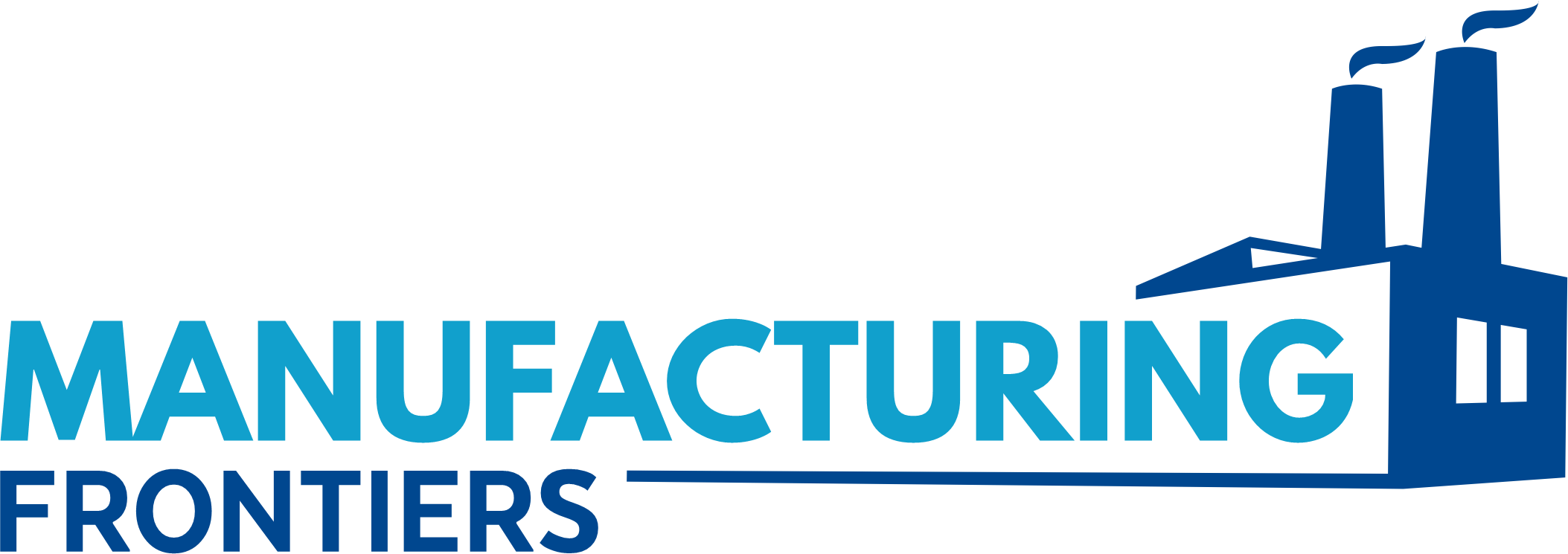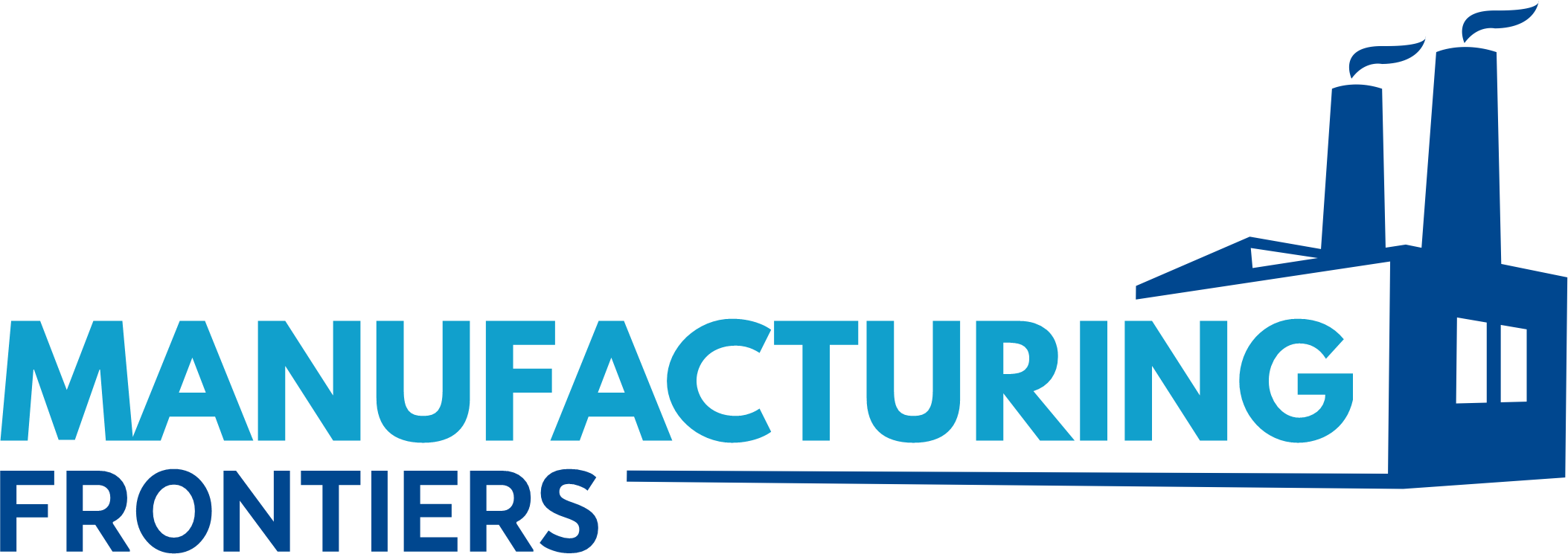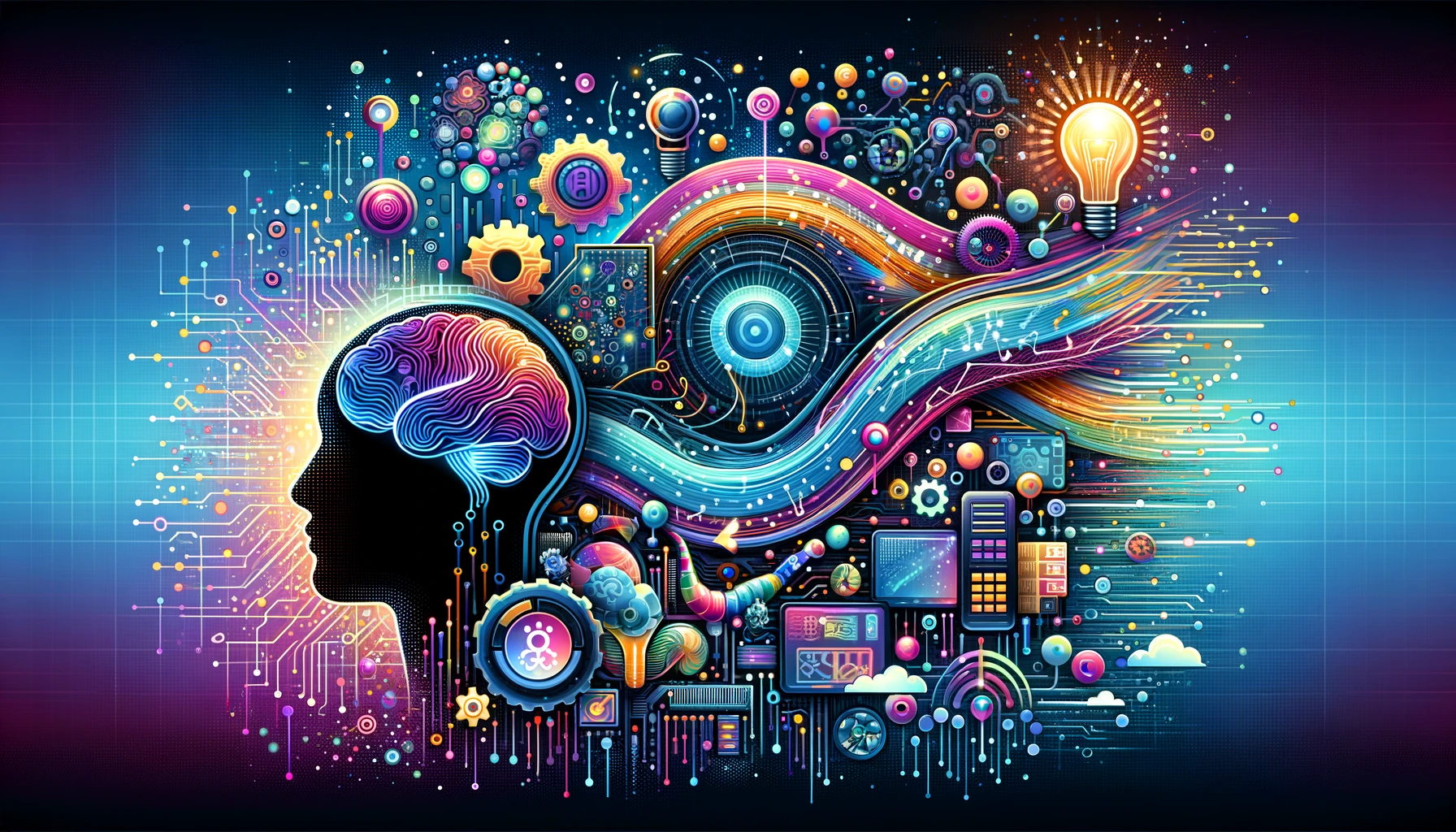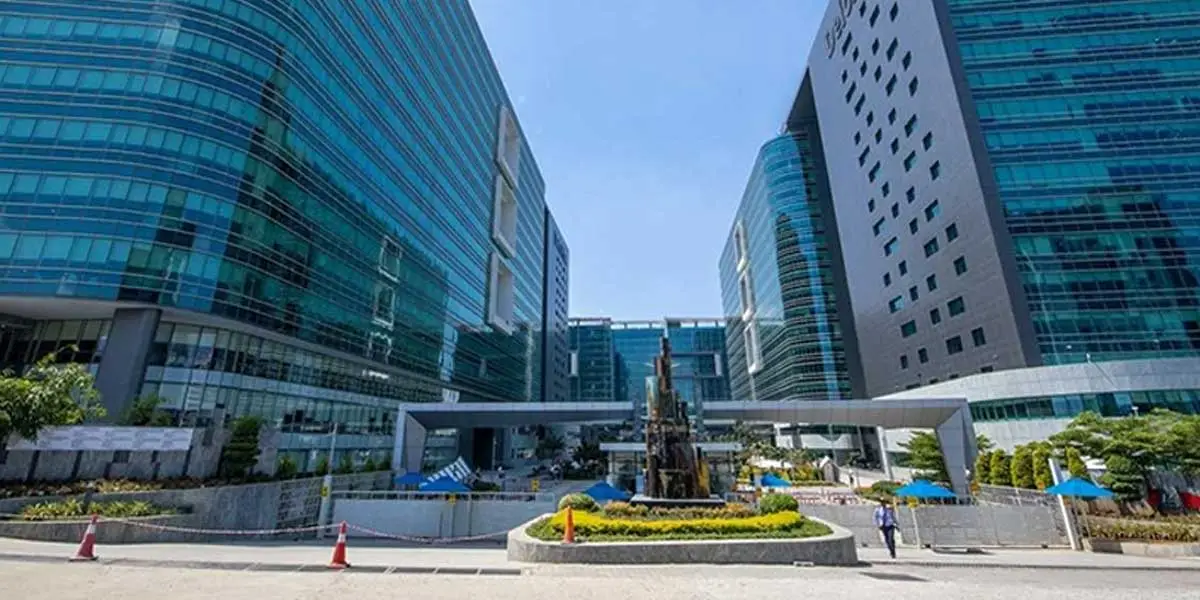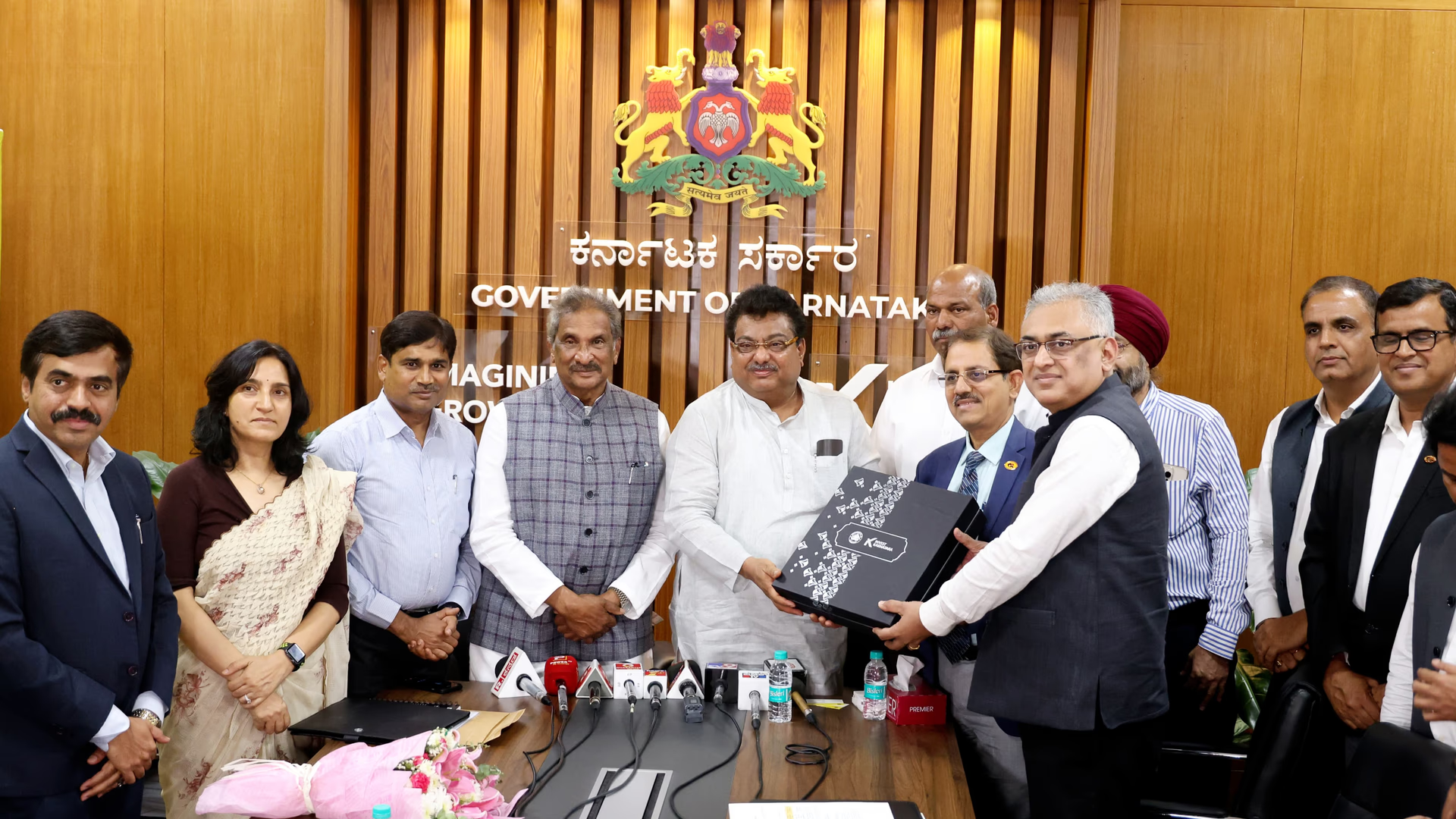traditional processes but also adept at working alongside intelligent systems and machines. This synergy between humans and machines is key to building a future-ready workforce—one that can adapt to change, drive innovation, and remain competitive in an increasingly digital and automated world.
Understanding Human & Machine Synergy
Human & machine synergy refers to the cooperative interaction between human workers and advanced technologies, where each complements the other’s strengths. While machines are highly efficient at repetitive, precise, and data-heavy tasks, humans bring creativity, complex decision-making, and emotional intelligence to the table. This partnership enables industries to achieve superior outcomes by leveraging the strengths of both human capabilities and technological innovations.
In a manufacturing context, this synergy is evident in the way human workers interact with machines on the shop floor, in design and engineering, and in the use of automation systems that are enhanced by real-time data and AI algorithms. Rather than being a purely technological shift, it is a holistic transformation that redefines how work is done and the skills required to excel.
Why Human & Machine Synergy is Crucial
- Increased Productivity: When humans and machines work together, productivity skyrockets. Machines can handle the repetitive, high-volume tasks with precision, while humans oversee, troubleshoot, and improve the systems. This leads to faster production times, fewer errors, and optimized resource utilization.
- Improved Safety: In high-risk environments, such as manufacturing plants, machines can take on dangerous tasks—such as lifting heavy loads, working with hazardous materials, or operating in extreme conditions—while humans monitor and manage the system. This collaboration reduces workplace injuries and enhances overall safety.
- Enhanced Innovation: Machines can process vast amounts of data and provide insights, but human creativity is required to interpret these insights, develop new ideas, and apply them in innovative ways. By combining human ingenuity with machine precision, companies can create breakthrough innovations that would be impossible with either alone.
- Adaptability & Flexibility: The future of manufacturing will be shaped by the need to respond to rapid market changes and customer demands. Humans bring adaptability, critical thinking, and problem-solving skills, while machines provide scalability, speed, and efficiency. Together, they form a workforce that is agile and capable of navigating disruption.
- Optimized Decision Making: AI and machine learning can analyze massive datasets and predict future trends. Humans, however, are better at understanding the nuances of these predictions and making complex decisions that take into account various external factors. This synergy creates a more informed, effective decision-making process.
Key Components of Human & Machine Synergy
- Collaboration Through Automation: Automation technologies such as robotics and AI have the potential to revolutionize the manufacturing floor, but successful implementation requires close collaboration between human workers and these technologies. Workers can supervise and optimize automated processes, ensuring that machines perform to their maximum potential. The role of the human worker shifts from performing repetitive tasks to focusing on monitoring and improving automated systems.
- AI and Data Analytics: Artificial intelligence (AI) is transforming manufacturing by allowing machines to learn, adapt, and make real-time decisions based on data. While AI can perform data analysis at a scale and speed beyond human capabilities, workers use the insights AI provides to enhance decision-making. Together, AI and humans can optimize everything from inventory management to quality control, driving greater operational efficiency.
- Human-Centric Design: As automation technologies evolve, it's crucial to ensure that they are designed with humans in mind. The integration of user-friendly interfaces, ergonomic tools, and intuitive controls ensures that workers can easily collaborate with machines. Additionally, fostering a culture of continuous learning equips workers with the necessary skills to operate and maintain these advanced systems.
- Training & Skill Development: Building a future-ready workforce requires a strong focus on upskilling and reskilling. As machines handle more technical tasks, workers will need to develop complementary skills, including digital literacy, data analytics, and understanding of machine learning algorithms. Manufacturers need to provide continuous training to ensure that employees are comfortable and proficient in working alongside advanced technologies.
- Collaborative Robotics (Cobots): Cobots are designed to work directly with human workers in shared spaces. Unlike traditional robots, which are typically isolated and programmed to perform specific tasks, cobots are designed to be flexible and responsive. Workers can guide or adjust cobots as needed, facilitating seamless collaboration. Cobots have been particularly effective in assembly lines, where they help with tasks such as lifting, moving parts, and precision work.
Building a Future-Ready Workforce
To successfully implement human-machine synergy, manufacturers must take several steps to prepare their workforce for the future:
- Foster a Culture of Collaboration: Human-machine synergy is not just about technology; it’s about changing the workplace culture to embrace collaboration. Encouraging workers to view machines as partners rather than competitors can help break down barriers and foster a more open, inclusive work environment.
- Focus on Cross-Disciplinary Training: Future workers will need a mix of technical and soft skills. In addition to learning how to operate automated systems, workers must also develop problem-solving, communication, and leadership skills. Cross-disciplinary training programs can prepare employees to adapt to a rapidly evolving manufacturing landscape.
- Invest in Smart Technologies: Integrating IoT devices, AI algorithms, and advanced robotics into the manufacturing process allows companies to create a collaborative work environment where humans and machines can work together more effectively. Investing in smart technologies and providing workers with the necessary tools is crucial for building a future-ready workforce.
- Adapt to Changing Job Roles: As machines take over more routine and labor-intensive tasks, human roles will shift toward overseeing operations, optimizing systems, and adding value through innovation. This shift may require redefining job roles and responsibilities, ensuring that employees are empowered to work alongside machines and drive the next phase of industrial transformation.
- Encourage Lifelong Learning: Continuous upskilling is key to adapting to the new technological landscape. Manufacturers should provide employees with opportunities for lifelong learning through in-house training, workshops, and online courses. This helps workers stay relevant in the face of rapid technological advancements and ensures they remain valuable contributors to the business.
Challenges in Achieving Human & Machine Synergy
- Resistance to Change: Workers may resist the integration of machines and automation, fearing job loss or unfamiliarity with new technology. Overcoming this resistance through clear communication, training, and the demonstration of the benefits of human-machine collaboration is crucial.
- Skill Gaps: The rapid pace of technological change can lead to skill gaps, especially as new tools and systems are introduced. Companies need to ensure that their workforce has the necessary training to adapt to new technologies and workflows.
- Ethical Concerns: As machines take on more responsibilities, ethical concerns about job displacement, privacy, and decision-making will arise. Companies need to address these concerns by implementing ethical guidelines and ensuring transparency in how automation is used.
Conclusion
The future of manufacturing lies in the seamless collaboration between human workers and advanced machines. Human & machine synergy offers immense potential to drive innovation, enhance productivity, and build a more resilient, adaptable workforce. By fostering collaboration, embracing new technologies, and investing in skill development, manufacturers can build a future-ready workforce that thrives in an era of digital transformation.
As the world of work evolves, human-machine synergy will become the cornerstone of success in manufacturing. The key to unlocking its full potential lies in creating an environment where technology enhances human capabilities, and human ingenuity drives technological innovation.
